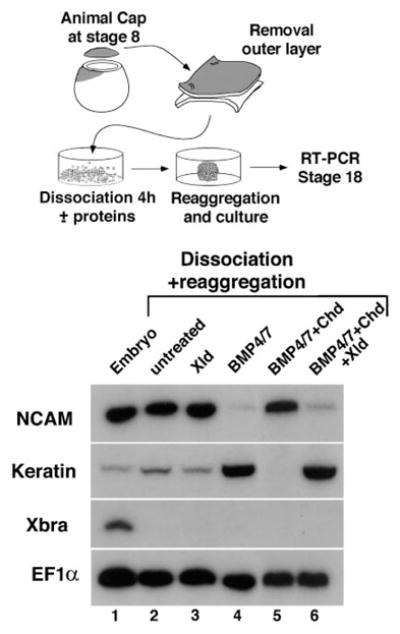Figure 5. Xolloid Digestion Causes the Release of Biologically Active BMP-4/7 from Inactive CHD/BMP Complexes.

Top: experimental design. Bottom: RT–PCR of dissociated-reaggregated animal cap cells. N-CAM is used as a pan neural marker, keratin as an epidermal-specific marker, XBRA as a mesodermal marker, and EF1α as a loading control. Lane 1, stage 18 whole embryos. Lanes 2 and 3, autoneuralization, denoted by the high NCAM and low keratin band intensities, caused by cell dispersal in, respectively, uninjected and Xld-injected animal caps. Lane 4, BMP-4/7 protein (0.7 nM) induces epidermis and suppresses neural induction. Lane 5, BMP signaling is blocked by preincubation of BMP-4/7 with Chordin (1 nM). Lane 6, injection of XLD mRNA into animal cap cells at the 8-cell stage causes release of active BMP-4/7 from the previously inactive complex (compare to lane 5).
